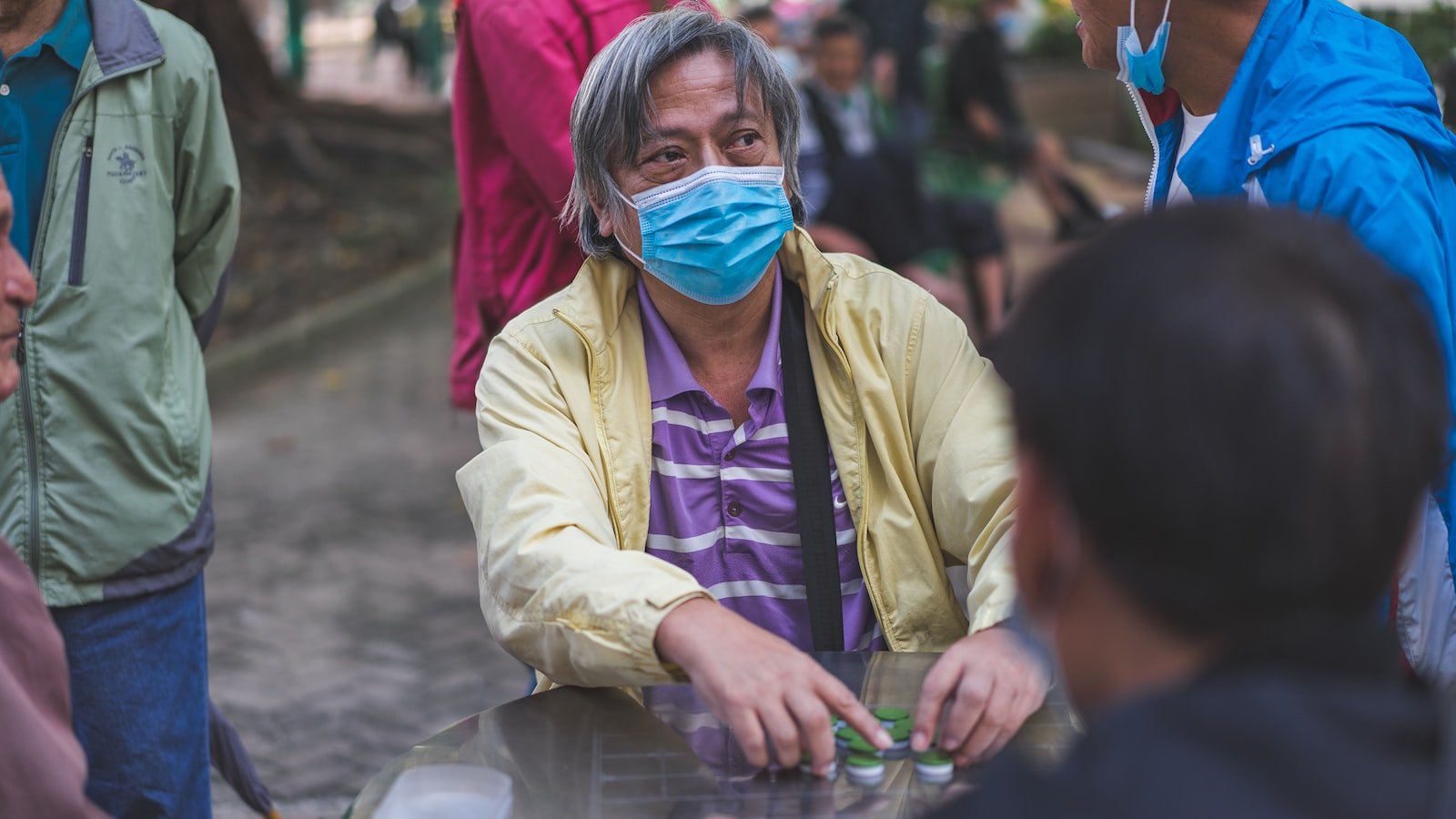The Ancient Art of Feng Shui: Uncovering the Secrets of Chinese Geomancy

Feng Shui, meaning “wind” (feng) and “water” (shui), is an ancient Chinese practice that focuses on harmonizing individuals with the surrounding environment. It is commonly referred to as Chinese geomancy, as it utilizes the principles of astronomy, geography, and architecture to create balanced and auspicious living spaces.
Originating thousands of years ago, Feng Shui has its roots in ancient China and is deeply embedded in Chinese culture. It was originally used to identify and optimize the most beneficial sites for constructing homes, burial grounds, and cities. Today, it continues to be influential in both building design and interior decorating.
“Feng Shui is all about the flow of energy and how it impacts our well-being and success in life.”
– Master Feng Shui Practitioner
The fundamental principle of Feng Shui is based on the concept of Qi (pronounced “chee”), the life force that flows through everything in the universe. By arranging and orienting objects in a specific way, practitioners aim to optimize the flow of Qi, creating a more harmonious and positive environment.
Key considerations in Feng Shui include the arrangement of furniture, colors, and the balancing of five elements: wood, fire, earth, metal, and water. These elements are believed to interact with each other and harmonize the energy within a space.
Many people turn to Feng Shui to improve various aspects of their lives, from relationships and career success to health and overall well-being. By applying Feng Shui principles, such as eliminating clutter and positioning furniture to promote the flow of Qi, individuals strive to create a space that supports their goals and aspirations.
The Bagua: Map of Energy
A core component of Feng Shui is the “Bagua,” an octagonal-shaped energy map used to analyze and enhance different areas of a home or room. This map is divided into eight sections, each representing a different aspect of life, such as wealth, love, health, and career.

By overlaying the Bagua on a floor plan, practitioners can identify areas that correspond to specific aspects of life. They then apply appropriate Feng Shui cures and enhancements to activate and balance the energy within those areas.
It is important to note that Feng Shui is a highly personalized practice. What works for one person or space may not necessarily work for another. Therefore, obtaining professional advice from a trained Feng Shui practitioner is recommended for those seeking to achieve optimal results.
Sources:
Written by: Your Name


